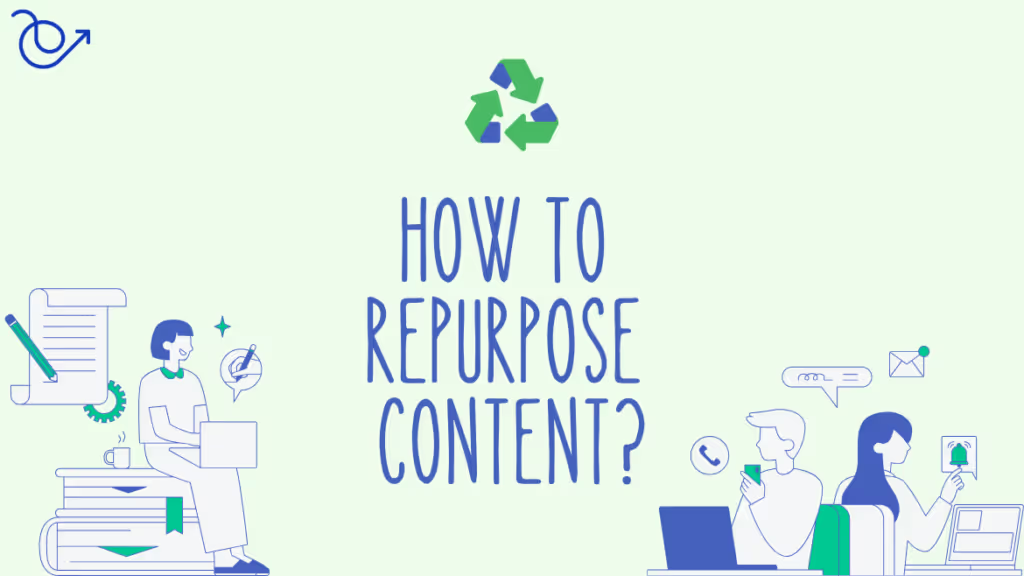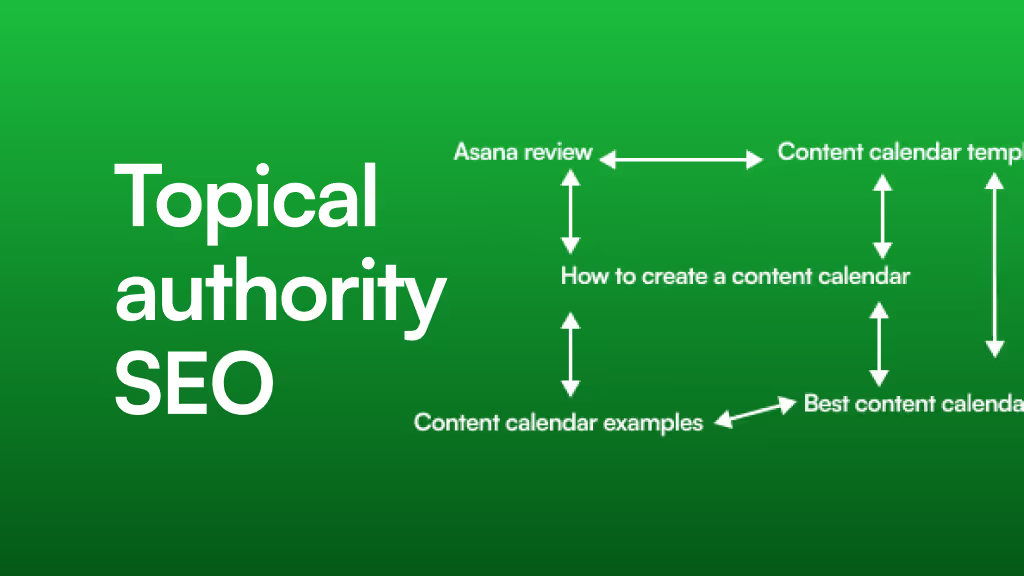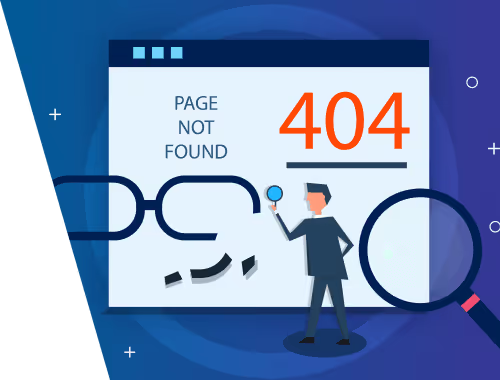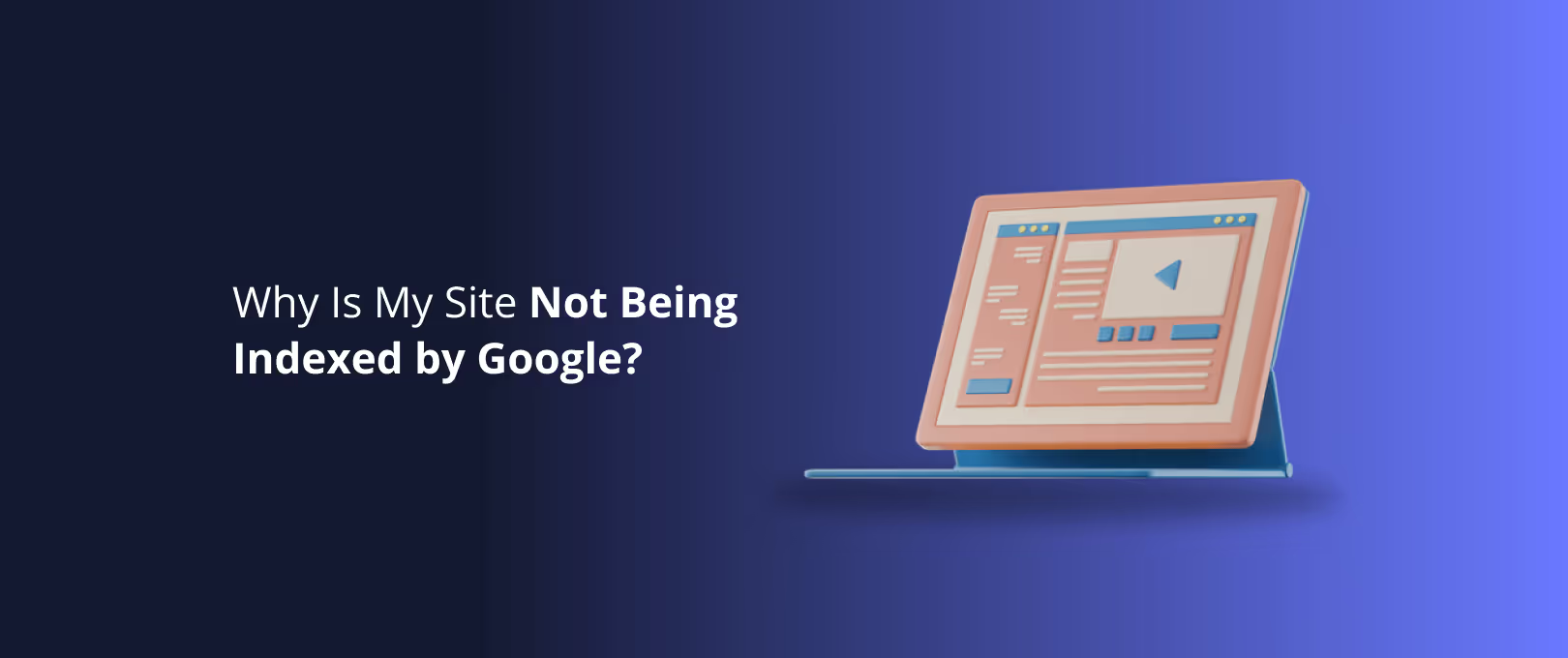The Content Engine: How to Repurpose One Asset into a Dozen with Webflow CMS
Ever feel like you’re stuck on a content treadmill? You publish a great blog post or host an insightful webinar, feel a brief moment of accomplishment, and then… the pressure is immediately back on to create the next thing. It's a relentless cycle that burns out even the most creative teams.
But what if you could step off the treadmill? What if you could transform one high-effort piece of content into a month's worth of assets, all managed through a smart, scalable system?
This isn’t about working harder; it’s about building a content engine. And the chassis for that engine is a tool you might already be using: the Webflow CMS. It's time to stop thinking of your CMS as a simple library for blog posts and start seeing it for what it truly is a powerful, relational database for your brand's core ideas.
What is Content Repurposing, Really?
Before we dive into the "how," let's clear up a common misconception. Content repurposing isn't just copy-pasting your blog post onto LinkedIn or tweeting a link to your latest webinar. That’s distribution, which is important, but it’s not the same thing.
True content repurposing is the art of deconstructing a core idea and re-casting it into new, native formats for different channels and audiences.
- A 60-minute webinar becomes ten 30-second video clips for social media.
- The key statistics from a case study are transformed into a shareable infographic.
- A deep-dive blog post is stripped down to its essential framework to become a script for a YouTube video.
The goal is to maximize the value of your best ideas by meeting your audience where they are, in the format they prefer. The challenge? Without a system, this can create more chaos than it solves, with assets scattered across folders and a constant struggle to keep everything updated.
The Big Shift: From Content Library to Content Engine
Most businesses use their CMS like a digital library. There's a "shelf" for blog posts, another for case studies, and another for team members. Each collection is a silo, holding a finished piece of content.
This model is simple, but it’s fundamentally broken for repurposing. When you want to pull a great customer quote from a case study to feature on your homepage, what do you do? You copy and paste it. When you update the statistic in your original research report, you then have to hunt down every blog post and graphic where you used that stat and update it manually. It’s inefficient and prone to error.
The "Content Engine" model flips this on its head. Instead of storing finished pages, you store the atomic parts of your content in interconnected CMS collections.
Think of it like building with LEGOs.
- The Library Model: You have a pre-built LEGO castle. You can't use any of its pieces for anything else without breaking it.
- The Engine Model: You have organized bins of LEGO bricks one for red 2x4s, one for blue roof tiles, one for window frames. You can use these same bricks to build a castle, a spaceship, or a race car, all without duplicating your inventory.
In Webflow, these "bins of bricks" are your CMS collections, and the magic that connects them is reference fields. By creating separate collections for "Quotes," "Statistics," "Video Clips," and "Key Takeaways," you can build a central source of truth for your best content atoms and then assemble them dynamically to create endless new assets.
Architecting Your Content Engine in Webflow: A Practical Workflow
Let's make this tangible. Imagine you just hosted a fantastic 45-minute webinar called "The Future of SaaS Onboarding." It’s packed with value and is a perfect "pillar" asset a comprehensive piece of content that will stay relevant for a long time.
Here’s how to build a system to repurpose it endlessly.
Step 1: Deconstruct Your Pillar Asset
Before you even touch Webflow, analyze your webinar and break it down into its core components. You'll likely find:
- 3-4 Key Concepts: The main "aha moments" or arguments.
- 5-6 Powerful Quotes: Memorable soundbites from you or a guest.
- 8-10 Short Video Clips: Demonstrations, explanations, or Q&A moments.
- 2-3 Hard Data Points: Compelling statistics you shared.
- 1 Slide Deck: The presentation visuals.
- 1 Full Transcript: The raw text of the entire session.
These are your content atoms your LEGO bricks.
Step 2: Design Your Interconnected CMS Collections
Now, we build the "bins" in Webflow. Instead of one "Webinars" collection with a giant rich text field, you create a hub-and-spoke model.
(IMAGE 1: A clean, minimalist workflow diagram showing a central "Pillar Content" icon (representing the webinar) with lines branching out to smaller icons labeled "Video Clips," "Key Quotes," "Data Points," and "Blog Posts." Arrows show that content flows from the central hub to the smaller assets, illustrating the one-to-many relationship.)
Here’s the structure:
- Pillar Content Collection: This is your hub. Each item is a major asset, like your webinar. It has fields for the title, summary, recording link, and a link to the full slide deck.
- Key Quotes Collection: Simple fields for the quote itself (Text) and the speaker (Plain Text).
- Video Clips Collection: Fields for a title, the video file or link, and a short description.
- Data Points Collection: Fields for the statistic (e.g., "87%"), the context (e.g., "of users prefer self-serve onboarding"), and the source.
Now for the magic. In the "Key Quotes," "Video Clips," and "Data Points" collections, you'll add a Reference Field that links back to the "Pillar Content" collection. Now, every single content atom is tied directly to its source.
Step 3: Create Once, Publish Everywhere
With your content atoms loaded into the CMS and linked to the parent webinar, you can now assemble them into new formats without duplicating anything.
(IMAGE 2: A screenshot of the Webflow CMS interface. It shows a split view. On the left is the "Pillar Content" collection item for the "Future of SaaS Onboarding" webinar. On the right, it shows the "Key Quotes" collection with several quotes, and a reference field for each is clearly pointing back to the webinar item.)
Here's what you can build dynamically:
- The Webinar Landing Page: A page built from the "Pillar Content" template.
- A "Key Takeaways" Blog Post: Create a new blog post and use a Collection List to dynamically pull in all the "Key Quotes" and "Data Points" that are referenced to that specific webinar. Add some introductory text, and you have a new post in minutes.
- A Video Clip Gallery: Create a page that displays all items from your "Video Clips" collection. You can even add filters to show clips from specific webinars.
- Homepage Social Proof: Add a small section to your homepage that pulls the latest item from the "Key Quotes" collection, giving you fresh content automatically.
When a statistic gets updated, you change it in one place the "Data Points" collection and it instantly updates everywhere it's displayed across your entire site. That’s the power of a content engine. This kind of thoughtful setup is a core tenet of strategic Webflow Development, turning a simple website into a dynamic marketing platform.
The Payoff: What This Workflow Unlocks for You
Building this system requires a bit more upfront thought than just adding a new blog post, but the return on investment is massive.
(IMAGE 3: An image showing a visually appealing webpage for a SaaS company. It features a large hero section with a call-to-action. Below, there's a section titled "Insights from our Latest Webinar" that clearly shows repurposed content: an embedded video clip on the left, and a standout quote card on the right, demonstrating how the content atoms are assembled into a new user-facing asset.)
- Radical Efficiency: Stop reinventing the wheel. Turn one high-effort asset into weeks of content with minimal extra work.
- Message Consistency: Ensure your core stats, quotes, and value propositions are identical everywhere, because they all pull from the same source.
- SEO Topic Clusters: This model is perfect for building topic clusters. Your pillar content (the webinar) acts as the central hub, and the smaller, repurposed assets (blog posts, resource pages) are the spokes, all interlinking and signaling your authority to Google.
- Scalability: As your content library grows, your engine becomes even more powerful. Launching new campaigns and pages becomes incredibly fast. For projects that require this kind of velocity from day one, specialized services like WSC Hyperspeed can build the foundational site in record time.
Like any powerful system, keeping your content engine running smoothly is key. Regular Site Maintenance ensures that your collections, integrations, and dynamic elements remain optimized for performance and security.
Frequently Asked Questions (FAQ)
What's the real difference between repurposing and just reposting?
Reposting is sharing the exact same content or link on multiple platforms. Repurposing is adapting the content's format to fit the platform. For example, turning the audio from a video into a podcast is repurposing; posting the same video link to Twitter and LinkedIn is reposting (distribution).
What kind of content is best for repurposing?
The best candidates are "evergreen" or "pillar" assets. This is foundational content that is high-value, comprehensive, and will remain relevant for a long time. Think ultimate guides, research reports, core webinars, and in-depth case studies.
Is repurposing content legal?
When you are repurposing your own original content, it is 100% legal and a smart marketing strategy. Concerns about legality only arise if you are using someone else's content without permission. This guide is focused entirely on maximizing the value of the assets you create and own.
How does this model help my SEO?
This hub-and-spoke model is a natural fit for building topic clusters, which is a powerful SEO strategy. Your pillar content serves as the central page for a broad topic, and the repurposed "spoke" pages target more specific, long-tail keywords. The internal linking between these pages signals to Google that you have deep authority on the subject.
Your Next Step: Start Building Your Engine
The shift from content creator to content architect is one of the most powerful you can make. It frees you from the tyranny of the blank page and allows you to focus on creating one piece of incredible, high-value content that can fuel your marketing for months.
Start small. Pick one of your best-performing blog posts or videos. Deconstruct it into its atomic parts and build your first interconnected collections in Webflow. Once you see how easily you can assemble a new asset from existing parts, you'll never look at your CMS the same way again.




